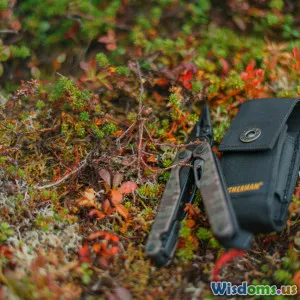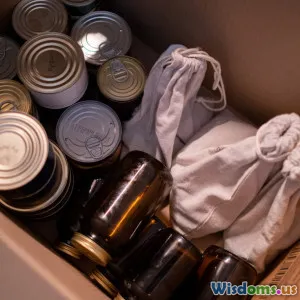
Which Foods Last Longest During Prolonged Power Outages
17 min read Discover which foods last longest during prolonged power outages for reliable emergency preparedness. (0 Reviews)
Which Foods Last Longest During Prolonged Power Outages
A sudden power outage can throw anyone’s kitchen into chaos. Frozen peas turn limp, milk curdles, and leftovers meet their untimely demise. Whether you’re caught in the aftermath of a storm, a wildfire, or a grid failure, your choice of pantry staples can spell the difference between eating well and scrambling for scraps. Knowing which foods outlast the rest is essential for preparedness, peace of mind, and overall nutrition when the lights go out for days or even weeks.
Shelf-Stable Staples: Your First Line of Defense

When outages hit, shelf-stable foods become invaluable. These items are designed to withstand time, ambient temperatures, and the occasional jostle—making them perfect for emergencies.
Why Shelf-Stable Matters
Shelf-stable foods don’t require refrigeration or freezing to stay edible. Instead, preservatives, dehydration, or air-tight packaging extend their lifespan—many guaranteed for several years. In a power outage, this means your supplies won't spoil when your fridge temperature rises.
Classic Examples & Lifespan Estimates
- Canned Beans & Vegetables: Sealed and cooked, these can last up to 5 years (sometimes longer if the can integrity is maintained). Brands like Goya or Del Monte confirm a minimum 3-year palatability.
- Rice & Pasta: Uncooked rice (white, jasmine) stays good for up to 30 years in mylar or vacuum-sealed bags. Pasta, kept dry and sealed, lasts up to 10 years.
- Canned Meats and Fish: Tuna, salmon, chicken, and sardines bring protein in shelf-stable form. US Department of Agriculture (USDA) guides estimate 2–5 years shelf life, possibly much longer if stored cool and dry.
- Nut Butters: Peanut and almond butter, if unopened, will last up to 1 year. The high fat content hampers bacterial growth, and separation isn’t spoilage.
Storage Tips
Store shelf-stable goods off the floor, away from heat sources or humidity. Consider first-in, first-out (FIFO) rotation: use the oldest cans first to minimize waste.
GRAINS AND LEGUMES: HIGH CALORIC DENSITY WITH INCREDIBLE LONGEVITY
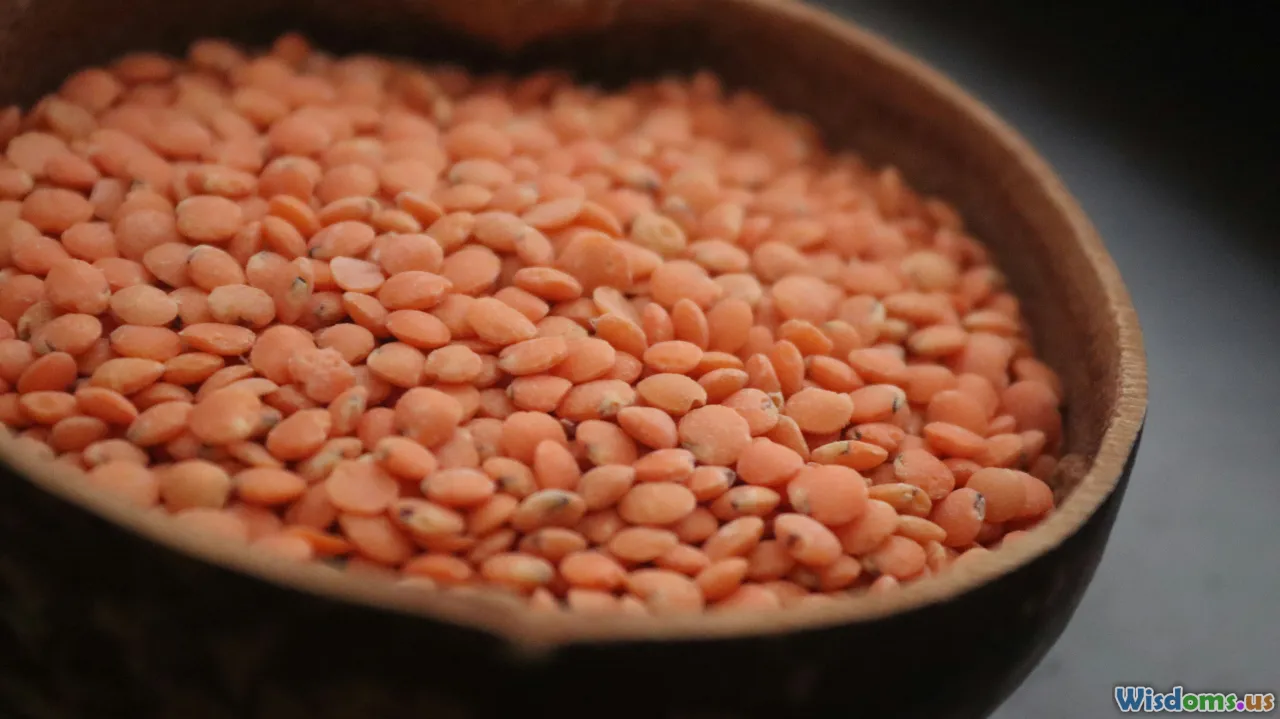
If you crave not just sustenance, but lasting energy and balanced nutrition, sustenance from grains and legumes is unbeatable during outages.
Popular Grains That Go the Distance
- White Rice: Thanks to low oil content, white rice sealed in air-tight containers (especially mylar bags with oxygen absorbers) outlives brown rice by decades—potentially 25–30 years. Brown rice, rich in fats, spoils faster (6–12 months).
- Oats: Rolled or steel-cut oats can last 1–2 years in sealed packaging. Whole oat groats fare even better.
Beans, Lentils, and Chickpeas
- Dried Beans: From black beans to navy, dry beans last up to 10 years or more, though with age they require longer soaking and cooking. For outages, if you cannot cook, keep some canned for backup.
- Lentils and Split Peas: These offer protein and fiber, and stay viable for 2–3 years. They're easier to cook with basic heat sources (e.g., camp stove).
- Chickpeas: Dried or canned, chickpeas bring both nutrition and variable shelf life—1 year dried, up to 4 years canned.
Pro-Tip
Bulk storage: 5-gallon food-grade buckets with gamma-seal lids prevent pests and extend shelf life, especially in humid climates.
CANNED FOODS: READY WHEN YOU ARE
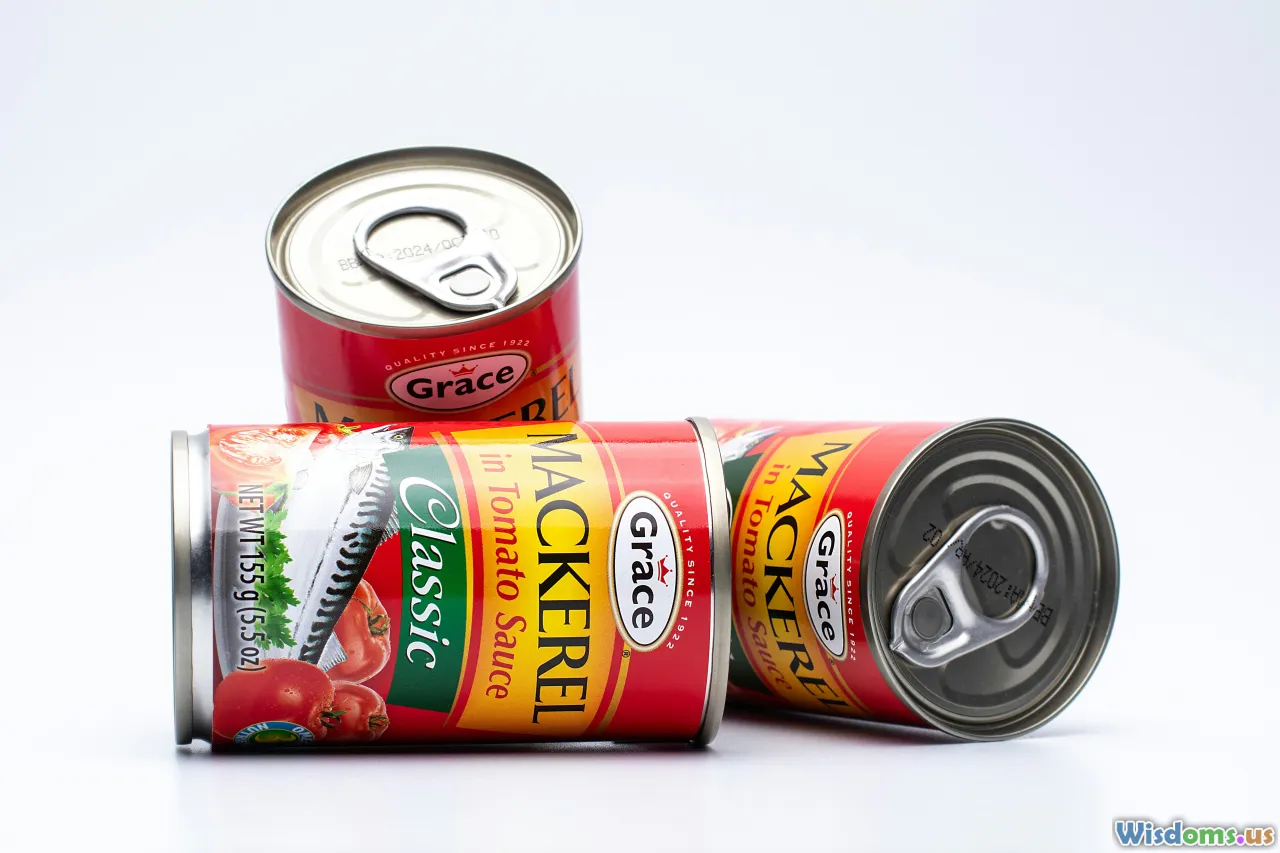
Canned goods are the archetype of survival food—not just able to survive harsh conditions, but also providing balanced meals in a pinch.
Not Just Soup
Beyond the famous can of soup, you can stock a wide variety of options—including canned potatoes, carrots, and even fruits.
Key Advantages
- Pre-cooked and Ready-To-Eat: Since most canned foods are pre-cooked, you can eat them cold if necessary—critical when stoves are unavailable.
- Nutrient Retention: Canning locks in nutrients at peak freshness. Vitamin losses occur, but protein and mineral content remains high.
Don't Overlook
- Evaporated Milk & Shelf-Stable Dairy: Powdered and evaporated milk or UHT boxed milks can offer months to years of shelf life. Powdered milk, in particular, forms the base for cooking and baking even when regular milk is unavailable.
Storage Cautions
Always inspect cans: discard any that bulge, leak, or emit odd odors. Spoiled cans present the risk of botulism, a serious (and potentially fatal) illness.
DRIED AND DEHYDRATED FOODS: THE LIGHTWEIGHT LIFELINE

Dehydration has preserved food since ancient times. By removing water—nature's universal solvent for bacteria—you make foods far more durable and much lighter to transport.
Top Dried Foods for Outages
- Dried Fruits (Raisins, Apricots, Apples): Sealed in vacuum packs, these can last 6–18 months. Unsurpassed as quick, nutritious snacks, especially for kids.
- Jerky (Beef, Turkey, Venison): Properly prepared jerky lasts 1–2 years if unopened. Vacuum-sealed products designed for backpackers and military use last even longer.
- Dehydrated Vegetables: Carrots, peas, tomatoes, and onions retain nutrients and flavor, reconstituting easily in soups or stews. Many commercial brands claim 10-year survival in sealed cans.
- Powdered Eggs & Instant Mashed Potatoes: Forms an easy protein or side dish; powdered eggs last ~1 year if stored cool, while instant mashed potatoes are viable for 1–2 years.
Pack Your Pantry Smart
Store bulk dehydrated goods in a cool, dark place in air-tight containers. Oxygen absorbers and silica gel packets extend shelf life by minimizing oxidation and moisture.
FERMENTED FOODS: LASTING FLAVOR AND FUNCTION

While not shelf-stable forever, fermented foods last much longer than raw ones. Lactic acid and salt halt spoilage bacteria, creating naturally preserved flavors and gut-healthy probiotics—useful for keeping digestion smooth during stressful outages.
Time-Honored Fermented Selections
- Pickles and Sauerkraut: Unopened, store-bought jars last a year or more without refrigeration.
- Kimchi: Commercial, sealed kimchi will keep for 6–12 months (though the flavor grows stronger over time).
- Fermented Hot Sauces and Relishes: With vinegar and salt, these products can outlive most of your perishable condiments.
Tips for Utilizing Ferments
- Bulk Buying: Opt for glass jars whenever possible—less chemical leach.
- After Opening: Once opened, these foods require refrigeration, but their shelf life unopened makes them an asset during prolonged outages.
ROOT VEGETABLES: NATURE’S BUILT-IN STORERS
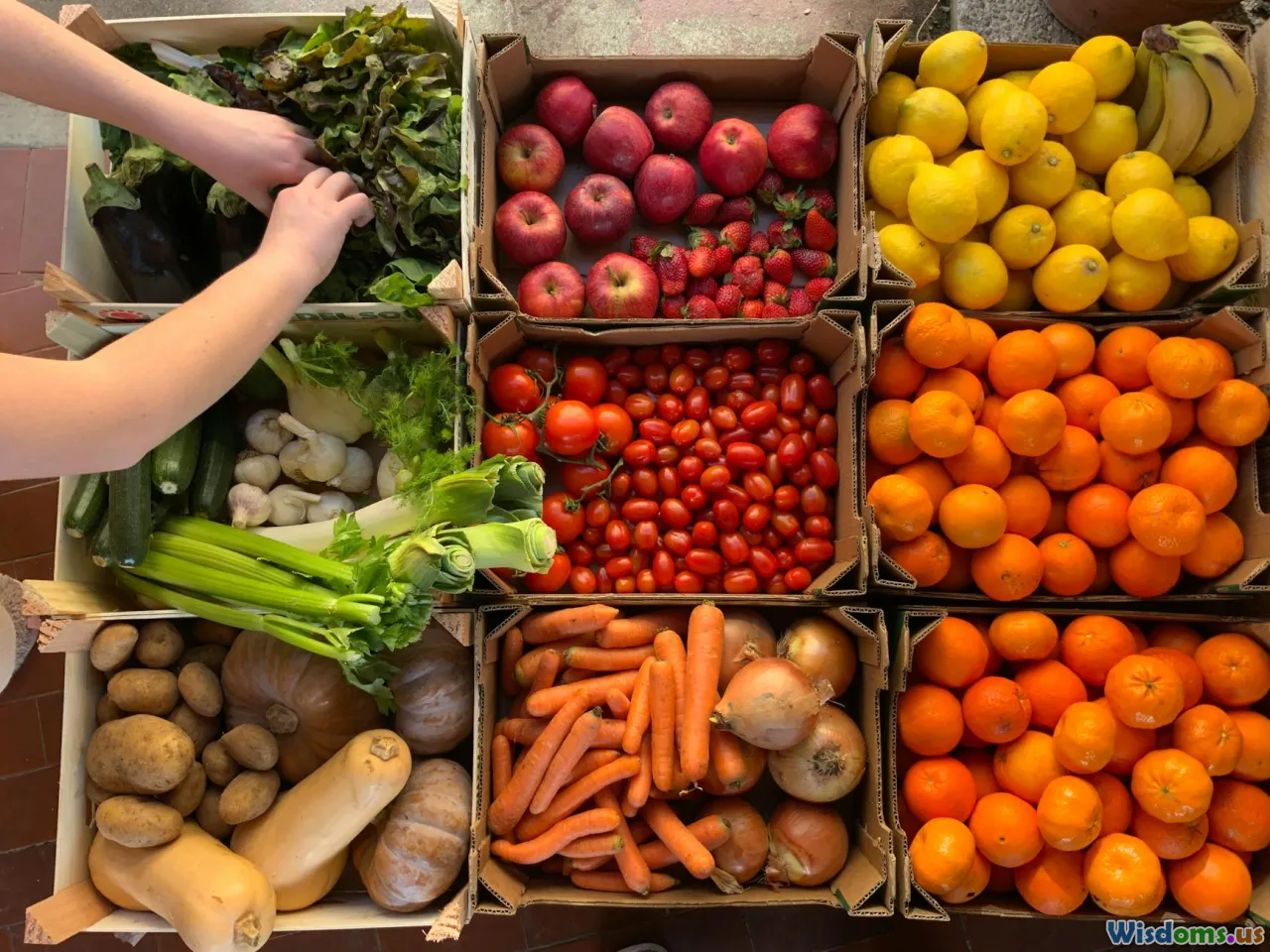
Not all long-lasting foods need elaborate preservation. Root vegetables, with their hardy skins, last weeks to months when kept cool, dark, and dry.
Tuber Longevity by Variety
- Potatoes: In a ventilated, shaded place (e.g., a basement or improvised root cellar), potatoes will last 1–2 months.
- Carrots and Beets: Packed in sand or sawdust, these keep for 2–3 months without refrigeration.
- Onions and Garlic: Properly cured onions go for 1–3 months; garlic often survives six months.
Storing Root Veggies
Avoid plastic bags—use breathable crates, mesh bags, or boxes lined with straw or burlap. Remove damaged produce immediately to prevent spreading rot.
HARD CHEESES AND CURED MEATS: CENTURIES OF SAVVY PRESERVATION
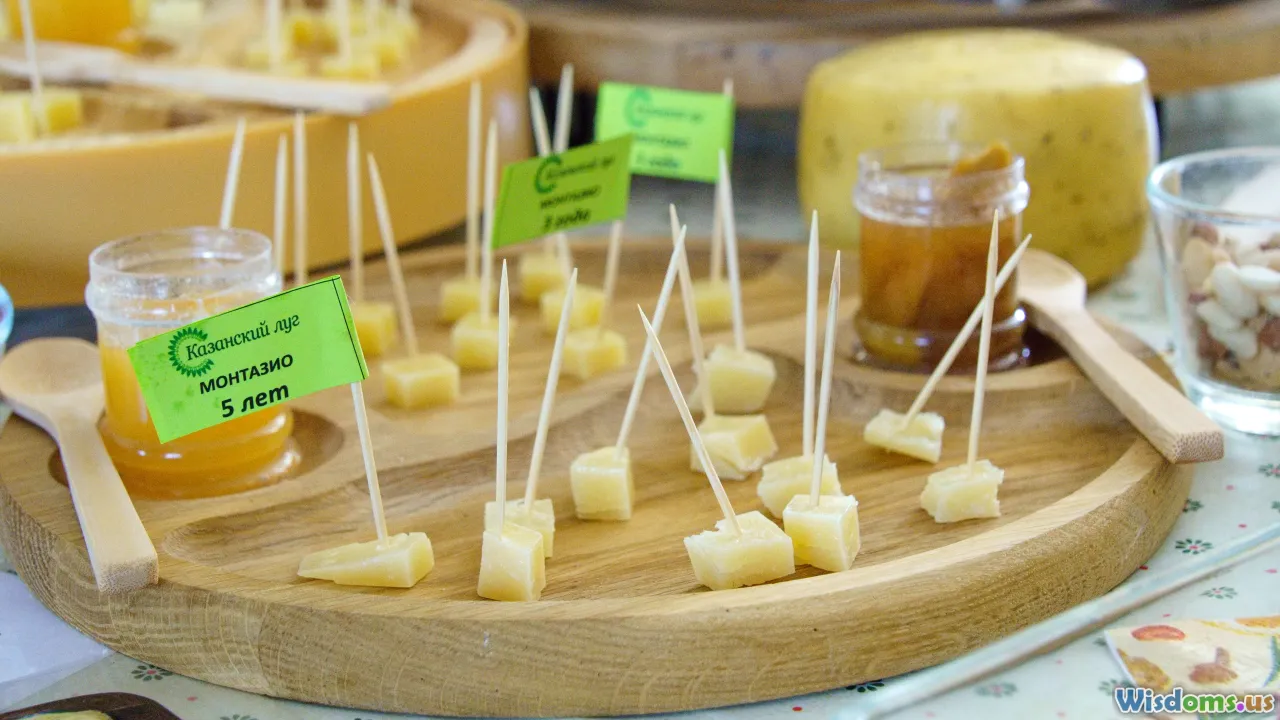
Cheesemakers and butchers have worked through outages long before electricity existed. Certain cheeses and meats don’t require refrigeration for extended periods, explaining why European pantries are packed with cheese wheels and salamis.
Which Cheeses Survive Best?
- Aged Hard Cheeses (Parmigiano-Reggiano, Gouda, Cheddar): Matured with low moisture content, these hold up for weeks at room temp. The USDA suggests up to 6 weeks.
Cured Meats
- Dry Salami, Prosciutto, and Pepperoni: Highly salted and air-dried, these last several weeks to months unrefrigerated in cool, dry conditions.
- Beef Sticks/Jerky: As noted in dehydration, vacuum-sealed beef sticks keep for months.
Caution: Surface Mold
Cheeses may grow harmless surface mold when exposed to air; simply cut away the rind. Meats, if sticky or clearly rancid, should be discarded.
SWEET SURVIVORS: HONEY, SUGAR, AND HARD CANDY

Sugary foods rarely attract bacteria, making them natural long-haulers in the pantry.
Nature’s Timeless Preserves
- Honey: Perhaps the world’s oldest food—archaeologists discovered pots of 3,000-year-old honey in Egyptian tombs. It crystallizes over time but is safe to eat indefinitely.
- White & Brown Sugar: As long as you keep them dry (airtight jars), both will last essentially forever. Use desiccant packs in humid areas.
- Molasses & Maple Syrup: Syrups stored in glass or plastic kept tightly sealed survive up to a year or longer.
- Hard Candies: Pure sugar confections last years, assuming wrappers remain intact and they are stored in a cool, dry place.
Emergency Morale Boosters
Don’t underestimate the psychological value of sweet treats during hard times—a bit of honey or chocolate can raise spirits on dark days.
WATERS AND BEVERAGES: ESSENTIAL FOR SURVIVAL

Food might last indefinitely, but water is always your highest priority in an outage. Without refrigeration, certain drinks fare better than others.
Water Storage
- Bottled Water: Commercially bottled can last several years—authorities like the U.S. CDC recommend rotation every 6–12 months, especially if stored in soft plastic.
- Boxed Water/Water Bricks: Specifically made for emergencies, these can last 5 years or more in cool environments.
- Powdered Drinks: Electrolyte drink powders or powdered tea/coffee keep for years. Instant energy and flavor lift morale and hydration levels.
Other Safe Sips
- UHT Juice Boxes: Ultra-High Temperature pasteurization means sealed single-serving juices remain stable for several months out of refrigeration.
- Tea Bags & Coffee: Millions rely on the comfort of a hot drink. In sealed packaging, tea and coffee remain palatable and safe far longer than most other beverages.
QUICK TIPS FOR POWER OUTAGES: FOOD SAFETY AND USAGE

A solid stockpile is one half of the equation—the other half is food safety and smart rationing during the crisis.
When to Discard Food
- 40°F Rule: Perishable foods (meat, dairy, leftovers) become unsafe after 2–4 hours above 40°F (4°C).
- Visual and Smell Tests: Trust your senses. When in doubt—throw it out!
- Don’t Open Fridge/Freezer: Each door open shortens the window—your fridge stays cold for about 4 hours, a freezer up to 48 hours when unopened.
Cooking Solutions
- Camp Stove or Outdoor Grill: Try to preserve fuel for crucial meals and boil water when needed.
- No Power Cooking: Canned foods, instant oats, and jerky need little or no heat to enjoy.
- Improvised Ovens: Solar ovens and fire pits can cook basics during extended outages—learn these skills ahead of time if possible.
Smart Rotation
Keep a running inventory and rotate your supplies each year. Mark purchase dates, set reminders for inspection, and replace what you use.
PARTING THOUGHT: READY PANTRIES, RESILIENT COMMUNITIES
Whether you’re preparing for the next hurricane, ice storm, or blackout, smart pantry planning gives confidence and comfort. By stocking your shelves with foods built to last, you’ll not only protect yourself from hunger and foodborne illness—you’ll be well positioned to help neighbors in need, cook satisfying meals, and keep spirits high in the darkest hours. With the right mix of shelf-stable groceries, hearty roots, and time-tested preservation wisdom, you won’t just survive—you’ll thrive, no matter how long the grid takes to recover.
Rate the Post
User Reviews
Popular Posts


















